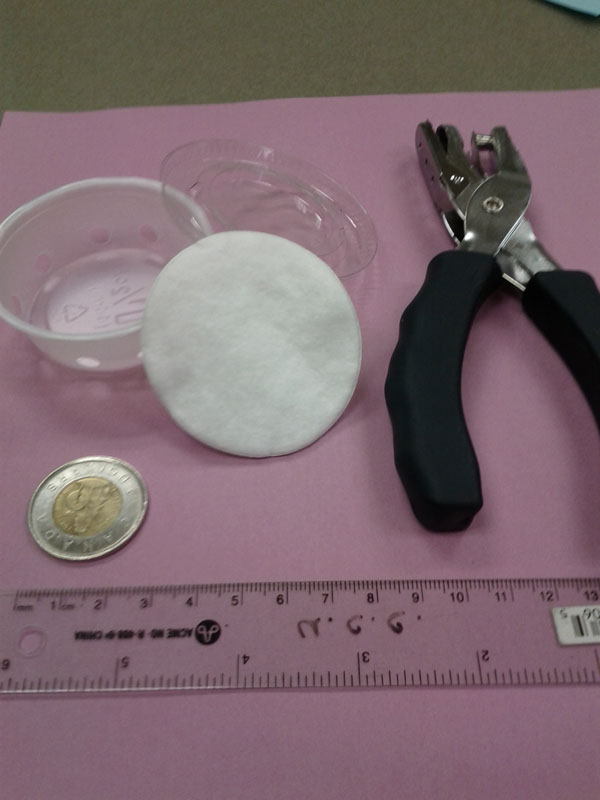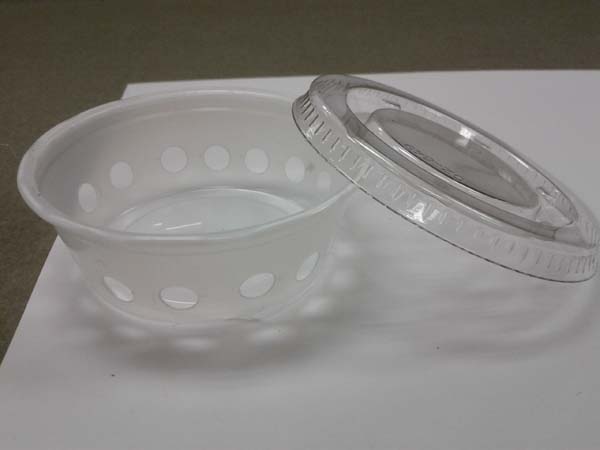|
Controlling the Argentine Ant (Linepithema humile ) updated May 07, 2013
| |
|
Ants have been socially organized and highly successful ecologically for approximately 150 million years. This is a legacy that argues against us easily controlling where they chose to live.
| |
|
We are fortunate that researchers have been working on control mechanisms for the Argentine ant for several years. Low concentration boric acid baits in a sugar solution has been shown to be of use. | |
|
A word about the use of surface applied pesticides The standard pesticides (e.g., diatomaceous earth, pyrethrins, pyrethroids etc.) that homeowners may purchase at garden stores and spread on the ground to control many types of pest insects have not been shown to be effective in long-term control of most ants. Homeowners may be relieved to see some dead ants arising from the use of these products but: a) ant colonies have queens (a typical colony of these ants will have hundreds of queens) and unless the queen is directly affected, control will not work, and; b) ants send their oldest and most disposable workers out to forage, thus the dead ants you see will be those the colony wasn't expecting to see live more than a few days. Further, as a general rule of thumb, only about 1% of the colony is out foraging at any given time. These products have minimal impact on the health of the colony. Use of these products is a little like trying to shut down the entire Internet by simply turning off a few computers in your home or office. Behind the blank computer screen the Internet will be humming along nicely. The best approach is to use baits.
| |
|
Baits There is no guarantee that any approach will be completely successful but baits have been shown to provide some control. Baits are collected by the foraging workers and taken back to the nest where they will be fed to other workers, larvae, and queens. The active ingredient in the bait should be boric acid or Borax (Laundry soap). These active ingredients appear to damage the intestinal tract of the ants. As a note, research has shown that Borax laundry soap is about 75% as strong, in the context of pest control, as boric acid. Two important points 1. Less is more. Most commercial baits are usually 3-5.5% boric acid and this has been shown to be, perhaps paradoxically, too strong for the Argentine ant. These strong baits seem to either deter workers from collecting the bait, or kill them before the bait is taken back to the colony. Research on the use of boric acid baits in ant control show best results at boric acid concentrations of 0.25-1.0% (or 0.33 - 1.33% Borax), no stronger. The boric acid or Borax should be in an approximate 25-30% sugar-water solution. 2. One or just a couple of baits will not suffice. You need to aggressively bait. If you have placed what you might consider a ridiculous number of baits in the area you are on the right track. Boric Acid and Borax toxicity Although Borax is commonly used as a laundry detergent, both boric acid and borax do have some toxicity issues. Acute toxicity (that is, toxicity arising from immediate exposure) is lower than table salt but chronic exposure (exposure to doses over long periods of time) has been shown to have reproductive effects in other animals. A good review of what is known about boric acid and borax toxicity can be found at: http://npic.orst.edu/factsheets/borictech.pdf As with all products, minimize exposure, and use in a manner that will not provide access to children, pets or other animals . WARNING: Some people believe that Boric acid/Borax is such a safe product that they place either 100% boric acid/Borax on the ground or mix this approximately 50% with sugar and place that directly onto the ground. Please do not do this. Boric acid does have a toxicity where 50% of experimental mice or rats will die (LD50) if exposed to about 3.5 - 5.0 grams per kilogram body weight. This means that large amounts of boric acid/Borax, especially mixed with sugars to attract ants, can easily poison small animals if used this way. | |
|
Making baits Instructions are based on a cup (237 ml) and teaspoon (5 ml) measure.* 1. Add 1 cup of warm water to 1/2 cups of sugar. The sugar will dissolve more easily in heated water but this will still take a bit of stirring, allowing to sit, restirring, to get a clear solution. This will create a 25-30% sugar solution (even a drop of this makes a sticky mess). 2 a) If using boric acid: add very slightly less than 1/2 teaspoon (1.9 grams).** This will create an approximately 0.7 % boric acid solution. OR 2 b) If using borax laundry soap add 2/3 teaspoon (2.6 grams).** This will create an approximately 1.0% solution of Borax which is as effective as 0.7% boric acid. 3. Stir well to completely dissolve the boric acid or Borax. Let sit for several hours then stir again before using. 4. Add a cotton pad (the type used to remove make-up, see below) to the 1.5 oz condiment cup that you have punched holes into (a simple one-hole paper punch works well) and then add the well mixed solution (about 1 teaspoon (5 ml)) to simple cotton pads. Refresh each week or more frequently if you find them drying out. *Technically a 'Canadian cup' is 227 ml and an 'American cup' is 237 ml. In my limited experience most 'cups' sold in Canada are actually 'American cups,' thus that is the measure I use here. **These measurements are based on my determination of the actual density of loose commercial boric acid and Borax samples (0.86 gr/ml for boric acid; 0.83 gr.ml for Borax). The technical densities are higher but this is determined from highly compressed samples of each. | |
|
Bait Containers Consider using 1 1/2 oz (44 ml) condiment cups with snap on lids. The snap-on lid protects the trap from flooding during rain (and diluting the bait) or allowing animals direct access to the bait. Use a one-hole paper punch to put holes in around the sides to provide ant access. Biodegradable cups are available on-line (most big superstores carry standard plastic condiment cups for less than $5 for more than 100).
| |
|
Placing Baits If you have a heavy infestation you may need to place a bait every square metre to intercept as many foragaing Argentine ants as possible. Where nest locations are known, place baits also in direct proximity. I know this involves a lot of bait stations but you need to make as much bait as possible available to these ants to decrease their use of non-bait foods. Baits should be replaced weekly | |
|
Go to Argentine ant Homepage Go to Rob's European fire ant Homepage Go to Rob's Ants of BC Homepage. | |

